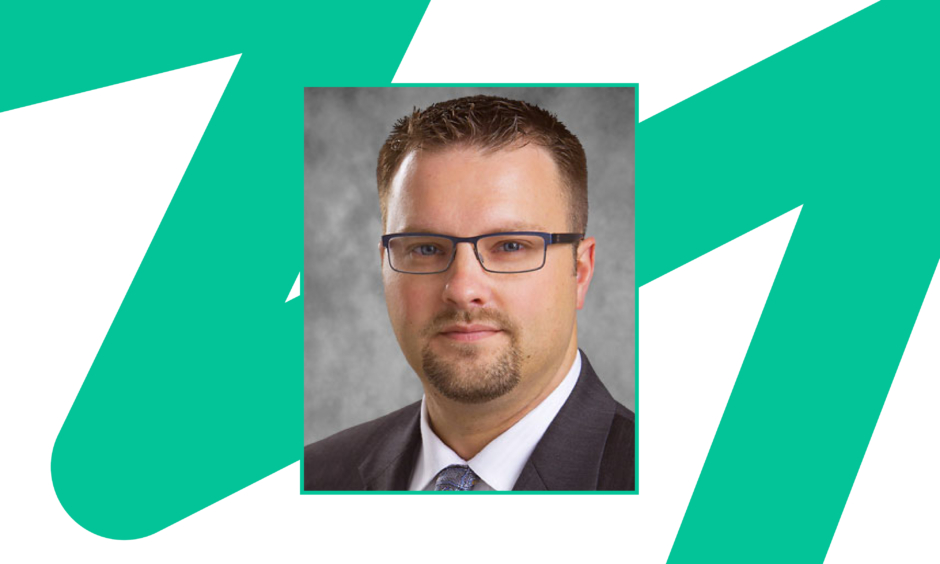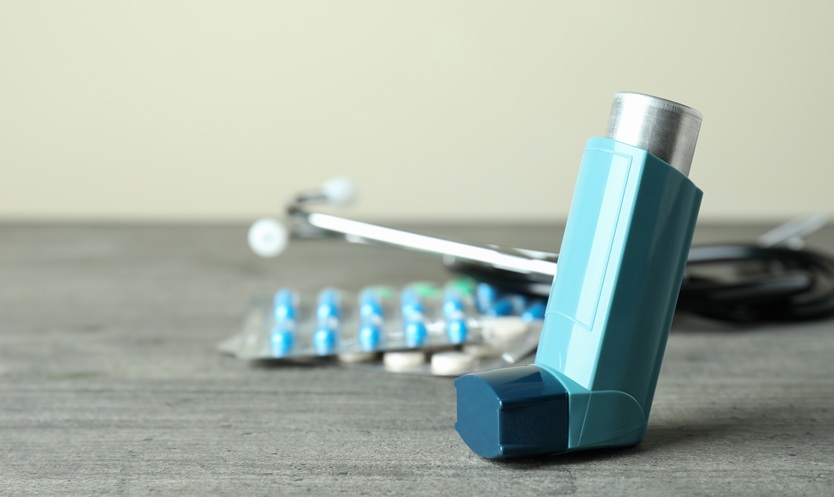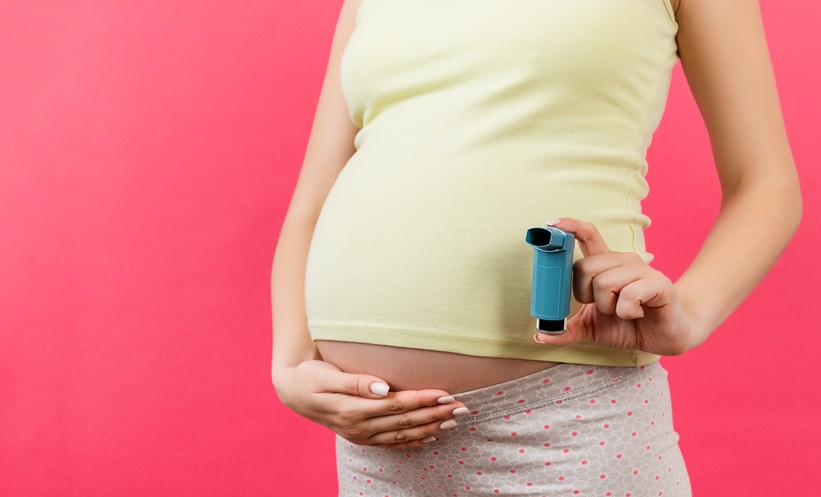J. Brady Scott | Director of Clinical Education, Respiratory Care MS, Department of Cardiopulmonary Sciences, Division of Respiratory Care, College of Health Sciences, Rush University, Illinois, USA
Citation: EMJ Respir. 2022;10[1]:55-58. DOI/10.33590/emjrespir/10035220. https://doi.org/10.33590/emjrespir/10035220.
![]()
EMJ are delighted to introduce Professor J. Brady Scott, Director of Clinical Education, Respiratory Care at Rush University, who provided an insight into their diverse and prestigious career as a respiratory therapist, researcher, and educator.
With over 20 years of clinical experience as a respiratory therapist, what initially sparked your interest in pursuing a career in this field, and what motivated you to get involved with research?
My interest in medicine began as a child. In elementary school, I recall that most of my peers were reading fiction books, but I was reading my dad’s emergency medical technician books. My dad was a coal miner by occupation, but he was also an emergency medical technician. When I enrolled in college, I initially registered as a pre-nursing student with the plan to pursue a Bachelor’s degree in nursing. After a couple of years, I did not feel a passion for nursing as a career, and I began exploring other career options. Respiratory care interested me most.
Regarding research, my interest started 3–4 years into my career as a bedside respiratory therapist. There were clinical questions I thought should be answered, but I did not know how to answer them. Luckily, I had mentors willing to help me better understand research. I eventually became more interested in formal research training, so I completed my Master’s degree and, ultimately, my PhD.
Do you think there are any misconceptions about your specialty of respiratory medicine?
A major misconception is that respiratory therapists are trained as technicians. Instead, respiratory therapists have strong patient assessment skills, apply evidence-based medicine, educate patients, and participate in interprofessional care planning. Respiratory therapists address quality control and testing standards to assure accuracy and precision during diagnostic testing. Although they practice predominately in acute care settings, respiratory therapists also work in long-term care facilities, pulmonary rehabilitation, outpatient clinics, air and ground transport, academic institutions, and increasingly in public health settings.
What are the most significant advances or changes that you have seen in respiratory care over the past two decades?
Professionalisation has advanced over the past two decades. In the USA, almost every state requires that a respiratory therapist be licensed in their state. Licensure requires a certified or registered respiratory therapist credential and, often, continuing education. Additionally, there have been increasing calls for the Bachelor of Science degree to be the entry-level degree for the profession. Over a decade ago, Master’s degrees in respiratory therapy emerged for entry into the profession. Additionally, there has been significant growth in Bachelor’s and Master’s degree programmes for working therapists.
As a researcher and practitioner, how do you think that respiratory research can contribute to patient outcomes, and what direction to you see your research focus taking in future?
Respiratory research can have a tremendous impact on a variety of patient outcomes. For example, our team has been working hard to understand how awake prone positioning can impact outcomes such as the need for intubation, and survival for patients with COVID-19 not yet requiring mechanical ventilation. Other researchers have evaluated disease management programmes to reduce hospital readmission for chronic obstructive pulmonary disease exacerbations.
You recently co-authored an article entitled ‘Predictors of Treatment Success in Awake Prone Positioning for Non-Intubated COVID-19 Patients with Acute Hypoxemic Respiratory Failure’. What were the key findings in this analysis, and the overall message you were hoping to deliver?
We found that oxygenation responses to awake prone positioning on Day 2, specifically improvements in peripheral capillary O2 saturation/fraction of inspired O2, were possible predictors of treatment success in patients with acute respiratory failure from COVID-19. Additionally, it appeared that higher pre-prone positioning peripheral capillary O2 saturation/fraction of inspired O2, were possible predictors of treatmen was also a predictor. The overall message is that it may be important to evaluate oxygenation response, particularly on the second day, when awake patients are placed in the prone position while using high-flow nasal cannula oxygen therapy. That said, it is noted that this is a post hoc analysis, and our findings need to be further evaluated by well-designed clinical trials
You have also been involved in work surrounding mechanical ventilation alarms and alerts. Could you tell us more about this?
Device alarm management practices generally aim to simultaneously maximise patient safety and reduce nuisance alarms. Unfortunately, due to the large number of alarms and their seeming omnipresence in our intensive care units, clinicians can become desensitised to alarms, a phenomenon called alarm fatigue. Alarm fatigue is a patient safety issue recognised by organisations such as The Joint Commission. While mechanical ventilator alarms are not the only alarms found in our intensive care units, they do contribute significantly. Work has been done to understand and improve mechanical ventilation alarm management, but much is still needed. Evidence-based standards to guide mechanical ventilator alarm management do not yet exist due to the variations in devices, device terminology, and alarm practices between facilities.
As well as research and clinical practice, you are also heavily involved in education, having lectured both locally and internationally, and now in your role as Director of Clinical Education and Associate Professor for Rush University’s Respiratory Care programme, Chicago, Illinois, USA. What changes have you brought into effect whilst serving in this position, and what impact do you think this has had?
I joined the Rush University Respiratory Care program team only a couple of years after the programme began. Since then, I have frequently utilised simulation as an educational approach. We have used simulation, in its various forms, to help students better navigate complex clinical situations and refine thought processes before having actual patient contact. We have also used simulation for interprofessional training. Each year, we team up with the Speech-Language Pathology faculty to train respiratory therapists and Speech- Language Pathology students on using speaking valves with and without mechanical ventilation. We have found that students enjoy learning with and from each other, and the simulation activities improve their confidence and skills in the devices, procedures, and communication.
One of your research interests includes simulation-based education. Could you tell us a bit more about your research in this area and if, in your expert opinion, you think this is the future for respiratory education?
Beyond using simulation-based education for our students, we have also tried to understand how it impacts the learners. One study evaluated a method for placing patients requiring mechanical ventilation in the prone position. We used healthy volunteers attached, by tape only, to intravenous lines, a urinary catheter, and an endotracheal tube to enhance the realism of turning a patient from the supine position to the prone position in the study. Our to improve knowledge and confidence in the prone positioning procedure. The study was published in 2018, and turned out to be timely for our institution. As we developed our treatment guidelines and approach to initiate prone position during the COVID-19 pandemic, we utilised this method to drive our training.
During the course of your career, you have received a multitude of honours and awards. For you personally, what has been your proudest achievement?
This is a difficult question to answer, as I am very proud and appreciative of all of those honours and awards. That said, my institution and the American Respiratory Care Foundation (ARCF) recognised me for various clinical, research, and media contributions during the COVID-19 pandemic. This recognition was meaningful to me as it demonstrated an appreciation for what and how respiratory therapists contributed to patient care at an unprecedented time. Beyond that, I would be remiss not to mention the times our program graduates selected me to place their Master’s hood during their commencement ceremony. It’s a real honour and privilege to participate in that memorable moment in their lives.








